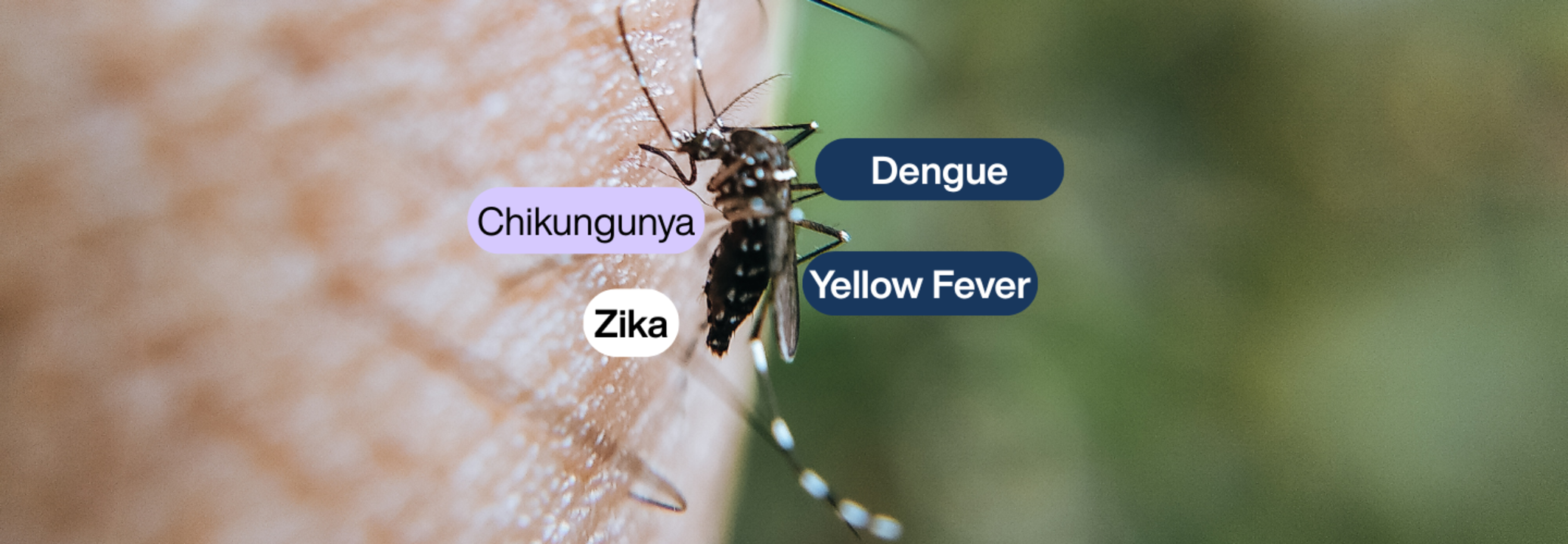New WHO Guidelines Reveal The Blueprint To Manage Dengue, Chikungunya, Yellow Fever And Zika

SummaryWHO has released its first unified clinical guidelines for managing dengue, Zika, chikungunya, and yellow fever, aiming to improve early diagnosis, standardize care, and strengthen global outbreak preparedness.
End of Article
